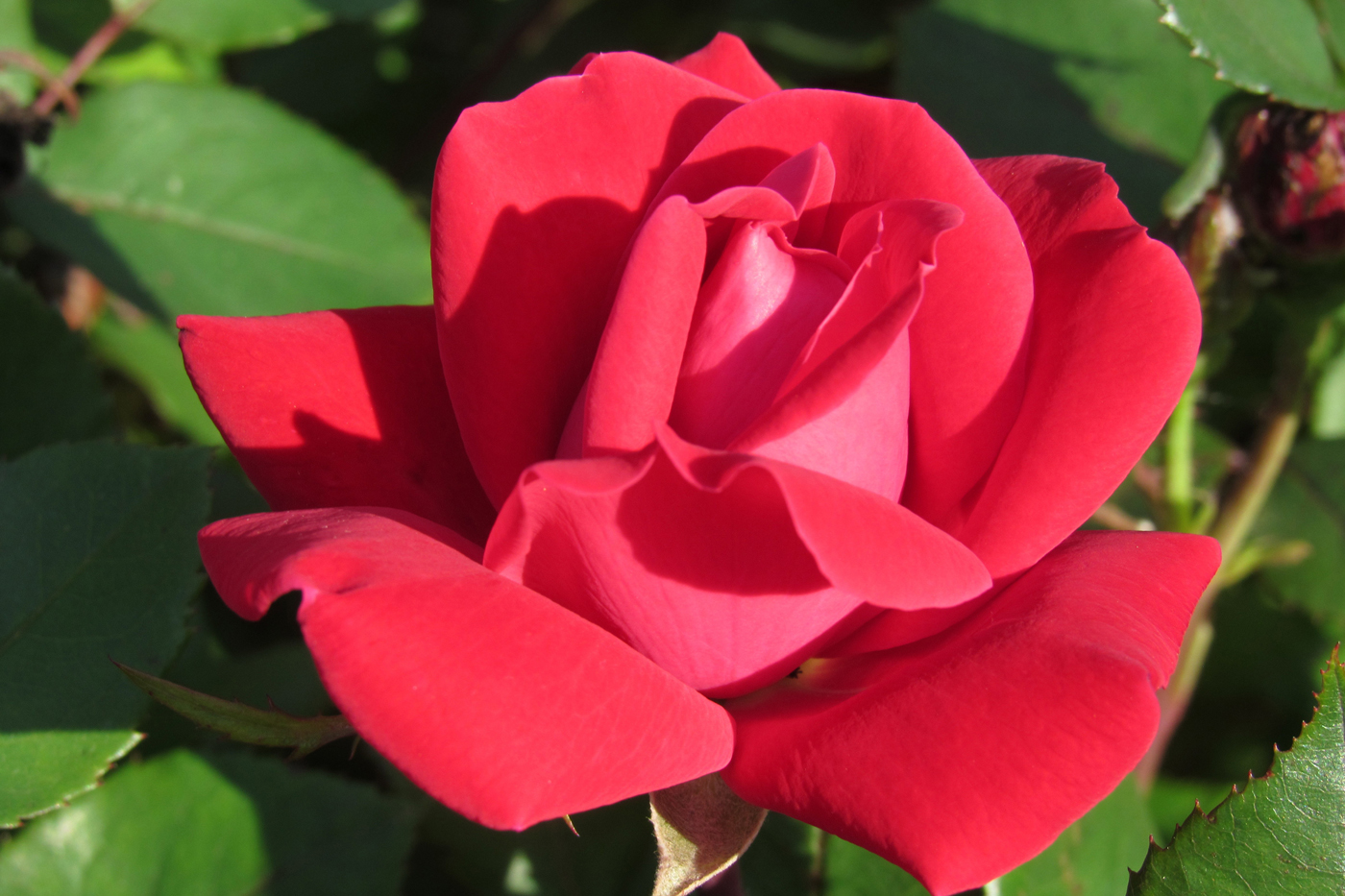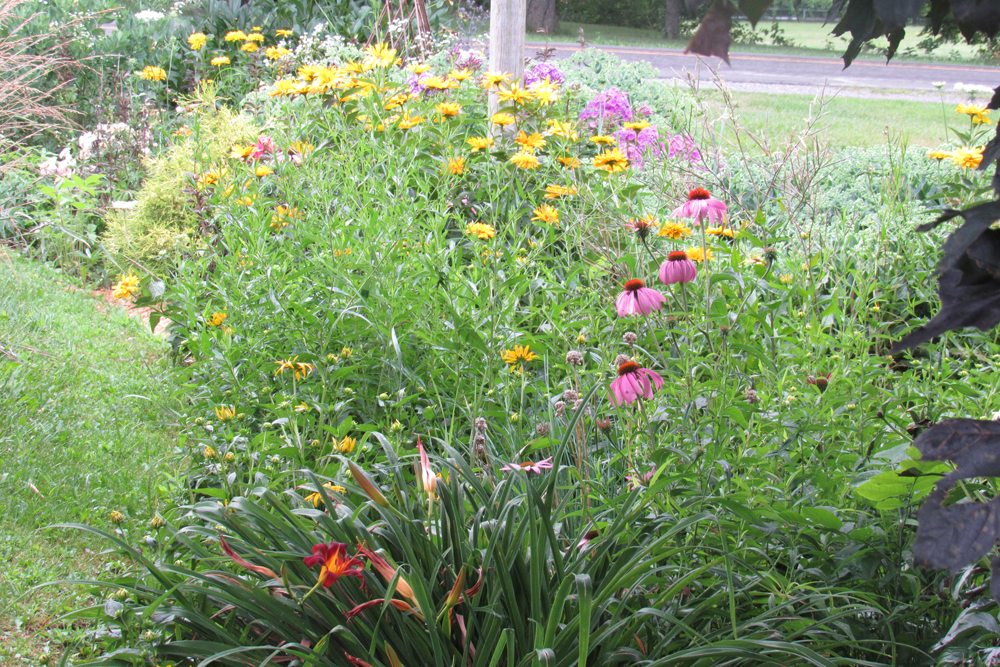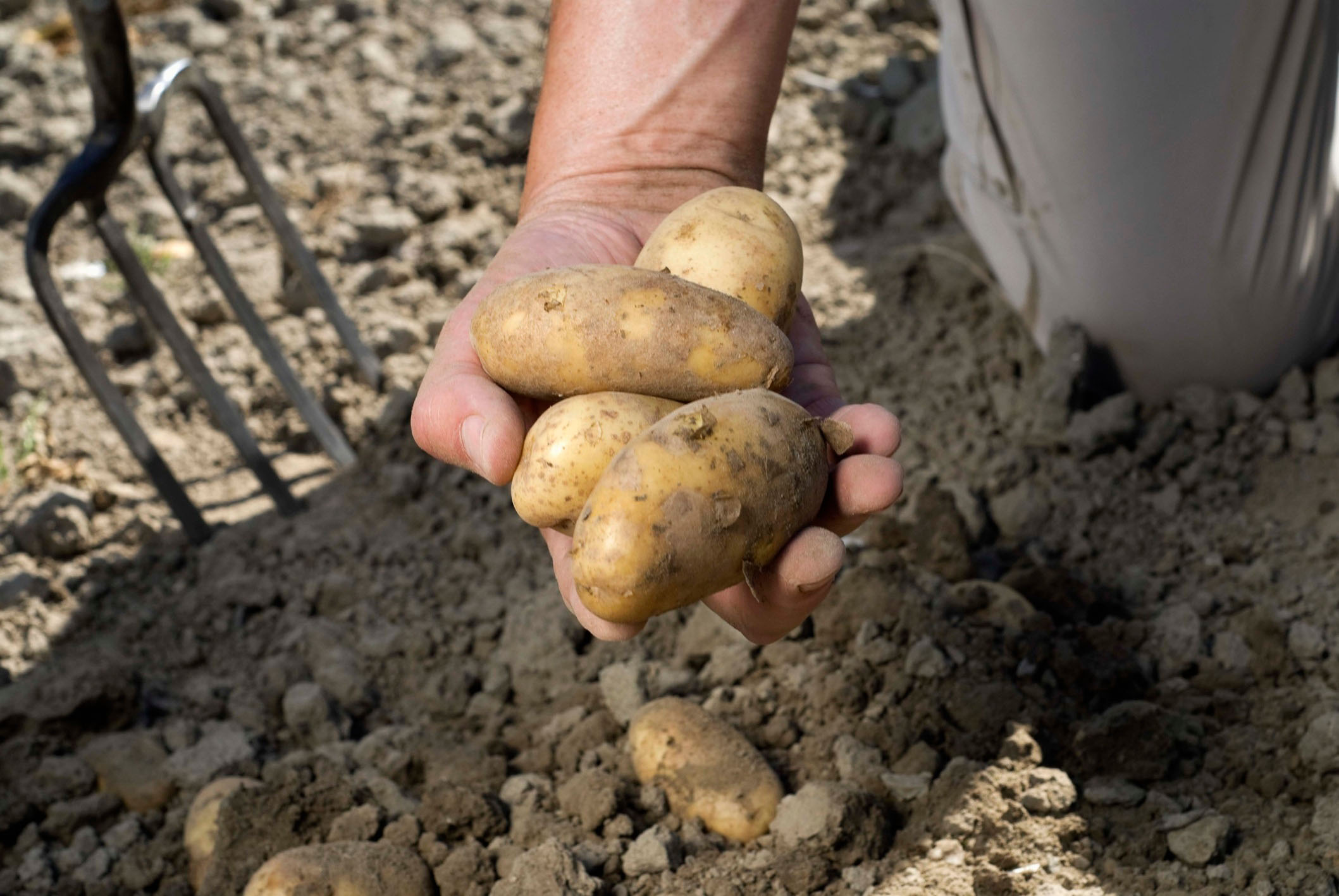2017 declared Year of the Rose

The National Garden Bureau (NGB) has declared 2017 the Year of the Rose. The rose is the national flower of the United States and the National Garden Bureau says it is part of the Rosaceae family – which is very important for our food supply – fruits like apples, pears, raspberries and strawberries are relatives of the rose.
There are more than 150 species of roses but only a few of those are grown by gardeners. The familiar flowers have a very long history of cultivation and the NGB says the oldest records of roses date back more than 7,000 years to China. Modern rose hybridization began in Western Europe in the 18th century, and now there are more than 11,000 varieties of hybrid roses, with more bred every year.
The rose industry is so large, in fact, it is divided into three main areas, the fragrance industry, the flower/florist industry, and – most important to home growers – the garden industry.
If you love garden roses, you know they can be a challenge to grow. I am grateful for modern shrub roses such as ‘Knockout’ which are very vigorous and hardy and much easier to maintain than other modern roses. Modern shrub roses also have some disease and pest resistance.
There is an amazing array of types of roses, however, if you want to go beyond the realm of easy care.
According to Clemson Cooperative Extension, modern roses are defined as all rose groups which were developed after 1867 – the year the first hybrid tea was introduced. The most popular modern roses are the hybrid teas, floribundas and grandifloras which are known for strong repeat blooming and spectacular flower color and form. Also included in modern roses are polyanthas, modern climbing roses, miniature roses, English roses – introduced in 1969 by English rose hybridizer David Austin – hybrid musks, and the modern shrub rose.
Old roses are those groups developed before the introduction of the first hybrid tea rose. Clemson Extension says these are grown for historic interest, color, fragrance (a big reason), and ability to survive adverse conditions (another big reason).
Old roses are divided into two groups: those descended from European roses and those descended (at least in part) from Chinese roses.
European roses are mostly those which bloom in spring – with one flush of bloom at that time – these include gallicas, damasks, albas, centifolias and moss roses.
Chinese roses are those which introduced re-blooming ability and therefore became very popular. Chinese roses are not as cold hardy, and do well in hotter regions such as the South. Groups descended from Chinese roses include Chinas, Bourbons, Perpetuals, Noisettes and Teas.
A final group of roses includes species or wild roses. These can range from prostrate shrubs or very large climbers. Species roses often have single blooms and bloom once during the growing season.
They are very hardy and disease resistant and include Rugosa roses which do well in our region. Rugosas re-bloom and have a delicious spicy scent, they also produce large hips which some people use for teas and jams. I have several around my vegetable garden and enjoy the aroma while I work (at least until the Japanese beetles show up in July).
One more thing – those small-flowered white roses you see blooming along the roadside in mid-to-late June are a Multiflora rose (native to Asia) and are now considered invasive because of their aggressive growth.
Penn State University Extension says Multiflora rose forms impenetrable thickets which exclude native plant species. Multiflora roses were introduced to the U.S. in 1866 as rootstock and were later promoted as live fences for livestock – hence their prominence in old hedgerows around the countryside.





